Itchyma, Limaq, Lima
Lima is a great place to start your Peruvian adventure. If you start here, make sure to schedule plenty of time to visit the museums and explore the history of Lima, and the area. This provides a great base of knowledge to build upon as you explore the rest of the country.
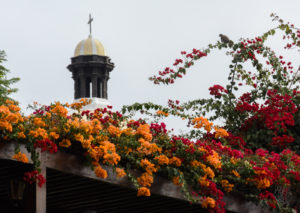
In an earlier posting I mentioned that most folks, when hearing, “Peru,” respond with “Inca!” However, at least 10 documented civilizations occupied Peru prior to the Inca. With evidence of these cultures dating back to at least 2,000 BCE.
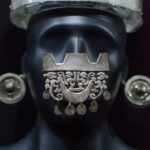
The ancient Peruvian civilizations most often referenced in the museums are Chavin, Paracas, Nasca, Huari-Tiahuanaco, Moches, and, finally Inca.
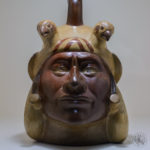
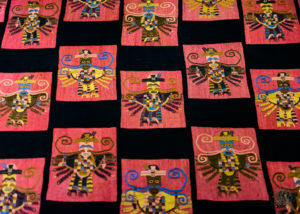
Use Frommers.com to start your research on the impressive accomplishments of these ancient Peruvian civilizations.
All this talk of history makes me think I should share a little of what I learned about Lima both before and during the trip.
So here we go….just in case you’re curious!
A Brief (Very Brief) History of Lima
Several successive Amerindian groups populated the region around Lima prior to the Spanish invasion.
The 40-plus pyramids scattered throughout the valley, and their connected irrigation systems, represent the most obvious (remaining) evidence of their existence.
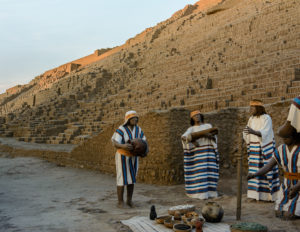
Lima-What’s in a Name?
Scholars seem to concur that Itchyma was the original name for the area around Lima. However, they note that even before the 1400s when the Incas began occupying the area, it was already referred to as Limaq.
Most concur that Limaq (‘li-mag) was the name of a famous oracle living in the valley prior to the Incas. Limaq means talker or speaker in the region’s traditional Quechua language.
After digging around a bit more, I learned that spoken Spanish ‘consistently rejects stop consonants in word-final position.’ In other words, a word sounding like Limag, becomes Lima once it rolls of a Spanish tongue.
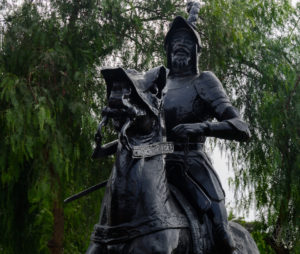
Lima in the 1500s
Lima, by Peruvian standards, is a very young city.
[The settlement of Caral, for example, was located 120 miles north of Lima. Archeologists refer to it as the oldest urban center in the Americas. The estimated age of this ancient city is 2,800. BCE]
Gabriel Moreira Romani founded Lima in 1535 with the encouragement and approval of the infamous Spanish conquistador/conqueror Francisco Pizarro.
About a year later Manco Inca and his allies made an unsuccessful attempt to run the Spanish (and their native allies) out of Lima.
In 1536, shortly after the failed ousting attempt, the Spanish Crown confirmed the founding of Lima. Emperor Charles V designated a coat of arms for the city in 1537.
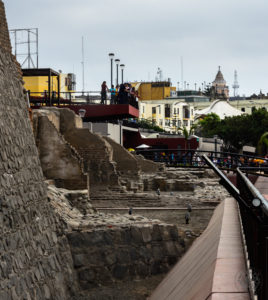
Lima in the 1600s
Within 50 years of its founding Lima provided a home for the National University of San Marcos and the country’s first printing press. The university is also Latin America’s first university.
Lima flourished for years as a critical trade center with an extensive trade network including the Americas, Europe and the Far East.
Then, in 1687, a tremendous earthquake destroyed most of Lima and the surrounding area.
Before it could recoup, recession, pervasive poverty, and intense competition from the world trade market piled on to drag Lima down even further.
Lima and the 1700s
Lima had a bit of a resurgence in the mid 1700s.
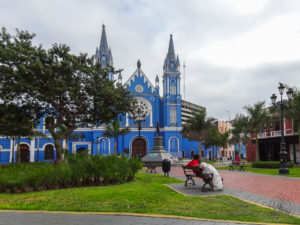
Lima and the 1800s
In the 1820s Lima was central in the South American wars for independence. Though independence was gained, the city and citizens were left traumatized and, once again, impoverished.
Within 30 years (and with the help of the guano trade boom) Lima was back on its feet and named as the capital of the new and improved “Republic of Peru. ”
Surprise! Earthquake Hits Lima
In May of 1940 yet another (large) earthquake rocks Lima, but it also marked the beginning of a long period of positive growth.
Lima In The ’70s, ’80s and ’90s
1970s (military rule)
1980s (economic downturn/violent insurgencies)
1990s (hopeful progress spiraling into authoritarian rule and economic slump)
2001 (first democratically elected AND indigenous president)
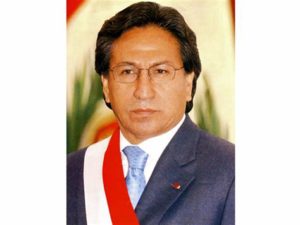
Lima Today
In the years since 2011 the peoples of Peru (and Lima) have experienced gradual, but consistent increases in quality of living.
As a matter of fact, Peru is now widely considered one of the best performing economies in Latin America.
According to a recent CIA (of all things) analysis, the population of Peru is 45% Amerindian, 37% mestizo (Amerindian & white), 15% white, and 3% black, Japanese, Chinese, and other.
Over time the Peruvian people borrowed what they liked from each others traditional cuisines. The result? An incredible, and unexpected combination of flavors. You'll experience these flavors if you make a point to eat at locally-owned eateries as you travel throughout the country.
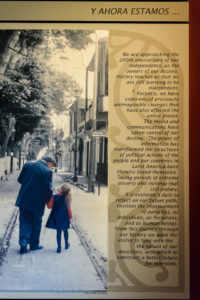
Now that we’ve looked back over our shoulder to better understand the dynamics that formed modern Lima–it’s time to begin exploring.
First up is the bounty of the Mira Flores District.
Meet you back here next time. A Curious Trekker signing off.
I encourage you to look around the rest of the site. Under the tab Travel Known/Travel Safe you’ll find links to Global Entry and various Department of State programs and Websites. Their information is designed to keep you safe and informed wherever you travel in the world.
